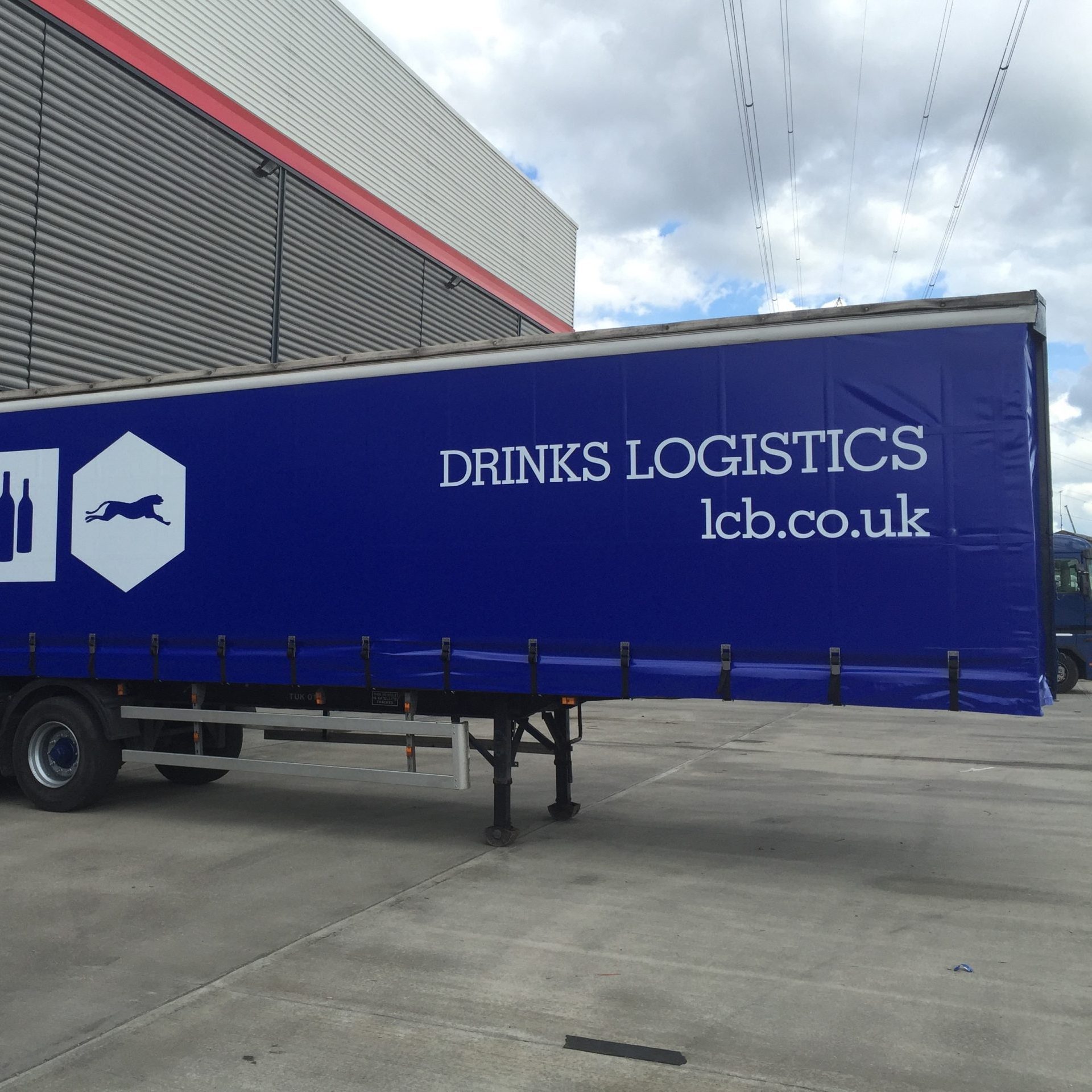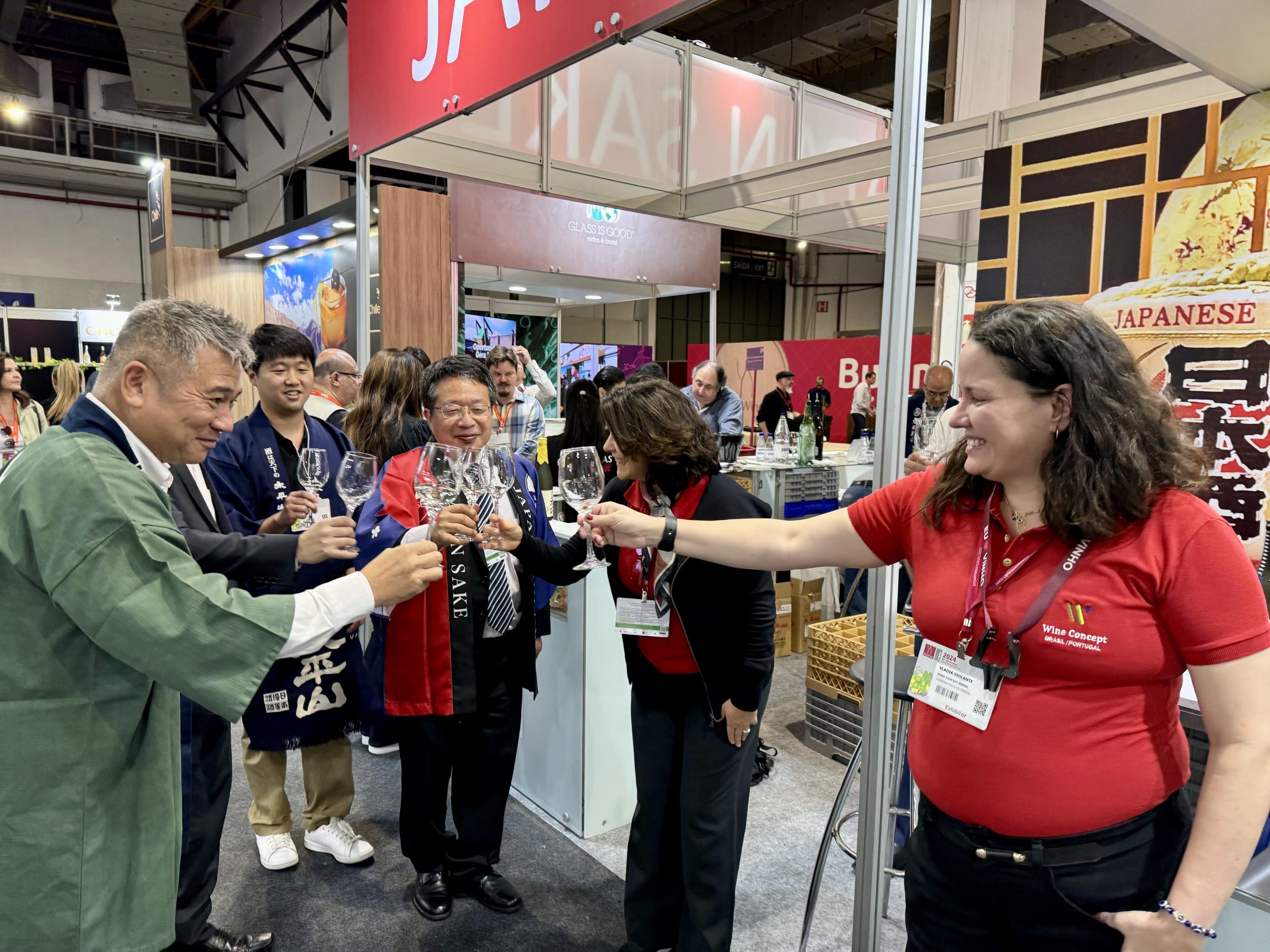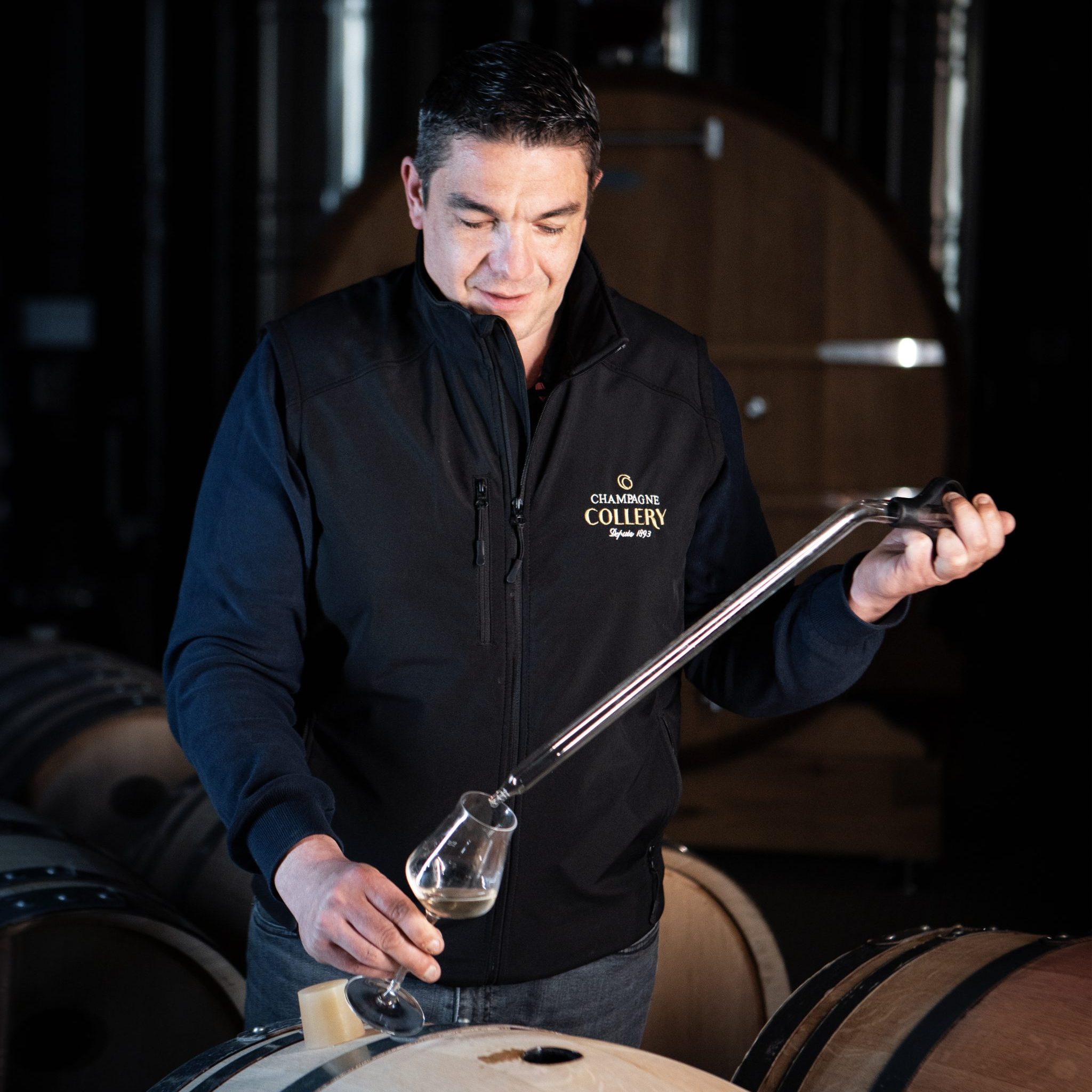Really Saying Something
By db staff writerd=”standfirst”>Whichever consumer tribe you are targeting – Brand Dependents, Experimental Enthusiasts or even those In the Know – first impressions last, says Penny Boothman
We all know you are not supposed to judge a book by its cover, but at one time or another, even if we will never admit it, we have all bought something just because it was in a “nice bottle.” Living rooms throughout the 1970s were lit by Chianti fiaschi with candles stuck in them. Now packaging is now an important weapon in the fight for sales in the overcrowded, highly competitive drinks market. Why? Because the average consumer spends less than a minute deciding which bottle to grab off the supermarket shelves.
“The first sip is with the eye,” says John Blackburn, who runs his own packaging design consultantcy, Blackburn’s. “At its best, packaging is the ultimate expression of the product it contains.” Blackburn’s has been inventing new images for international wine, spirit and soft drinks companies for 30 years, creating such icons as the blue Harveys Bristol Cream bottle. “It’s an integral part of the market mix,” Blackburn says. “It also supports the brand 365 days a year – cost that in advertising spend! It’s what people readily associate with a brand long after the ads have disappeared.”
This is the fundamental point. In the modern drinks market, packaging is more than a convenient container to transport and store your drink in: it is a walking, talking, permanently visible advert for your product. Kevin Shaw, MD of Stranger and Stranger, says: “Of course I’m going to say [packaging is] vital. PR, advertising, sponsorship and product placement can all play an image-enhancing role, but packaging is without a doubt the most cost-effective.”
Packaging is the first opportunity to catch the consumer’s eye, and if they like it, good packaging gives them an easy point of reference for a repeat purchase. Shaw says: “Packaging design isn’t art, it’s persuasion about function and personality, what the product does and what it says about the purchaser. We help to get you the first sale. The second sale is up to the product. You need to get inside the head of the consumer, and for that you need research.”
This makes sense: if you are designing a package specifically to appeal to a certain consumer target base, then you need to know what it is they are looking for. Research is as vital in packaging development as it is in product creation. Allied Domecq Wine UK has been researching the so-called premium wine consumer – those who are willing to break the £5 barrier – and some of the findings are surprising. Two key clusters, the Brand Dependents and Experimental Enthusiasts, together account for over 60% of premium wine consumed, and more than 55% of those drinkers claim that the bottle is one of the most important cues used in making a purchasing decision.
Partner Content
Sally Warmington, marketing controller at Allied Domecq Wine UK, says: “In particular, the Brand Dependents need confidence and clarity regarding varietal and country of origin, while the Experimental Enthusiasts look for quality and inspiration through regional provenance and product stories. Only among the most confident drinkers, the In the Know segment, was the bottle seen as relatively unimportant.
“For the majority of wine consumers their final decision is made at point of purchase. As a result, packaging that delivers impact and stand-out at fixture, while conveying the required information, flavour and style cues, is vital.”
Allied Domecq’s new Spanish brand, Albor, uses a colourful screen-printed bottle and contemporary styling to create a point of difference in the otherwise fairly conservative Spanish sector. Warmington says: “In many cases, given the relatively limited advertising budgets available for wines, this is the main contact point for consumers with the brand.”
Creating stand-out on shelf is important, but designers have to stay within the consumer’s comfort zone for that product. Guy Douglass, client brand services director at the design agency FLB, says: “Consumers know so little about wine that I think you have to work harder to educate them about the brand than you do in any other market. If you were going to launch a really wacky branded wine in a Tetrapak then it wouldn’t be as easy as launching an orange juice in a Tetrapak. The snobbery around cork versus screwcap




